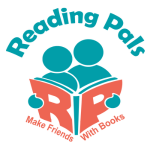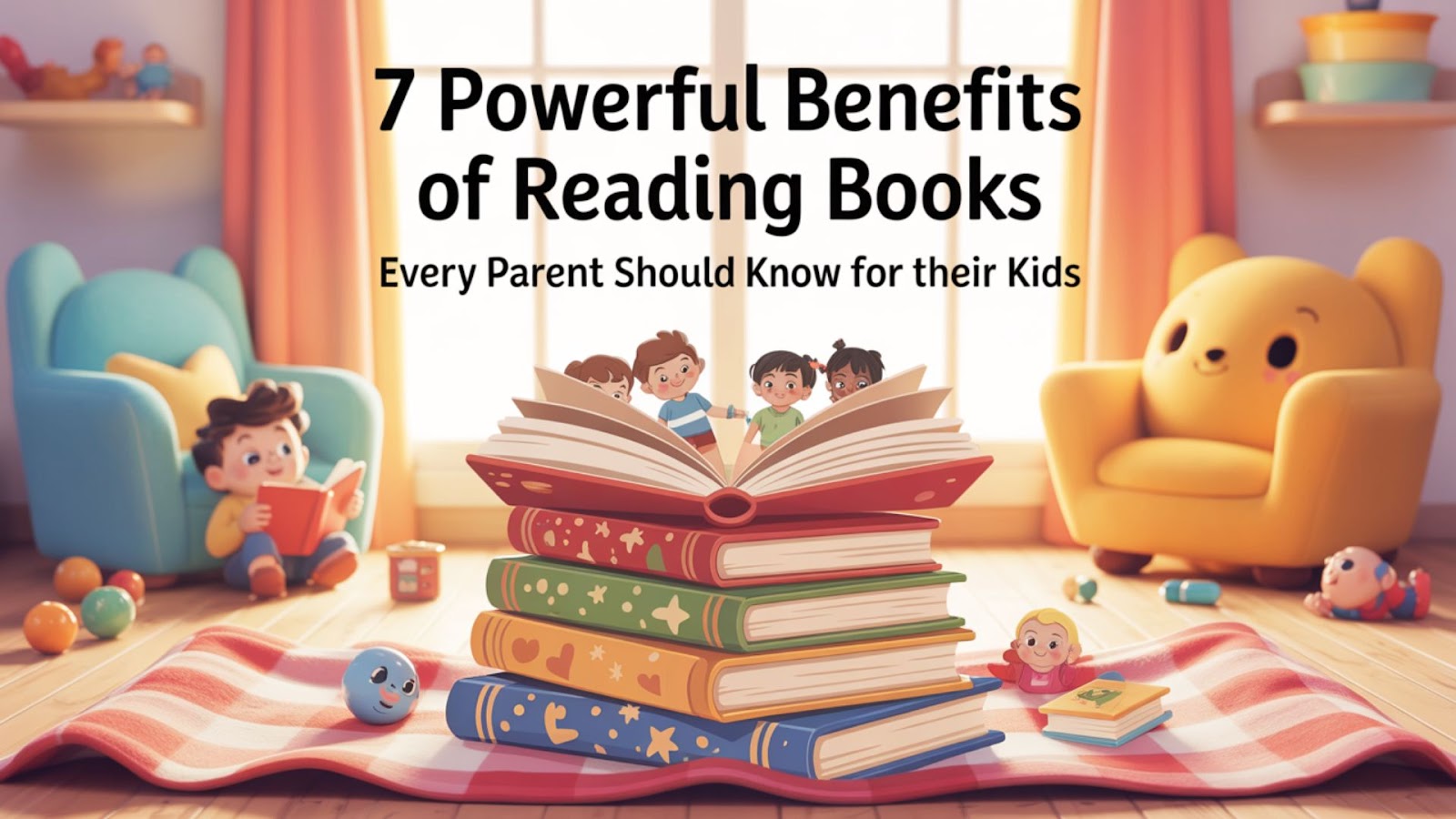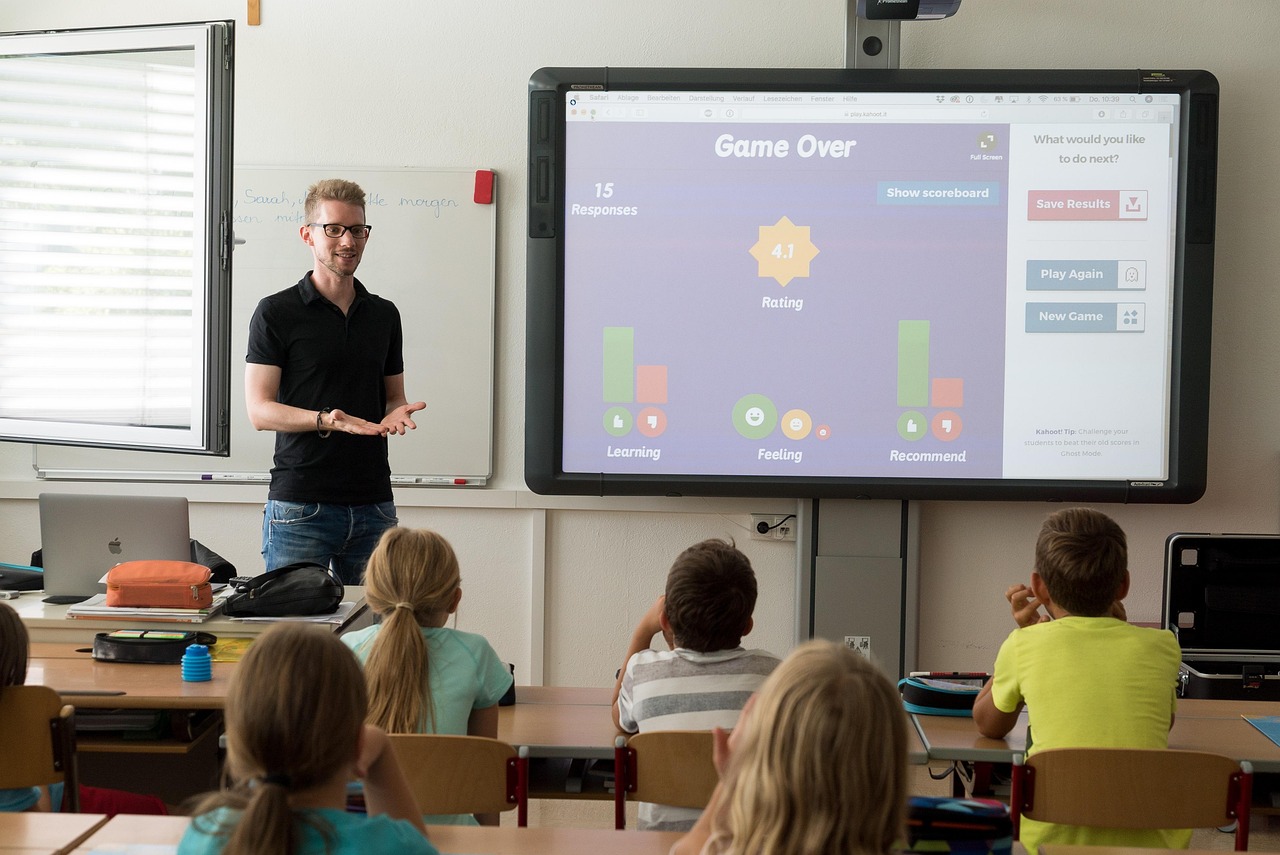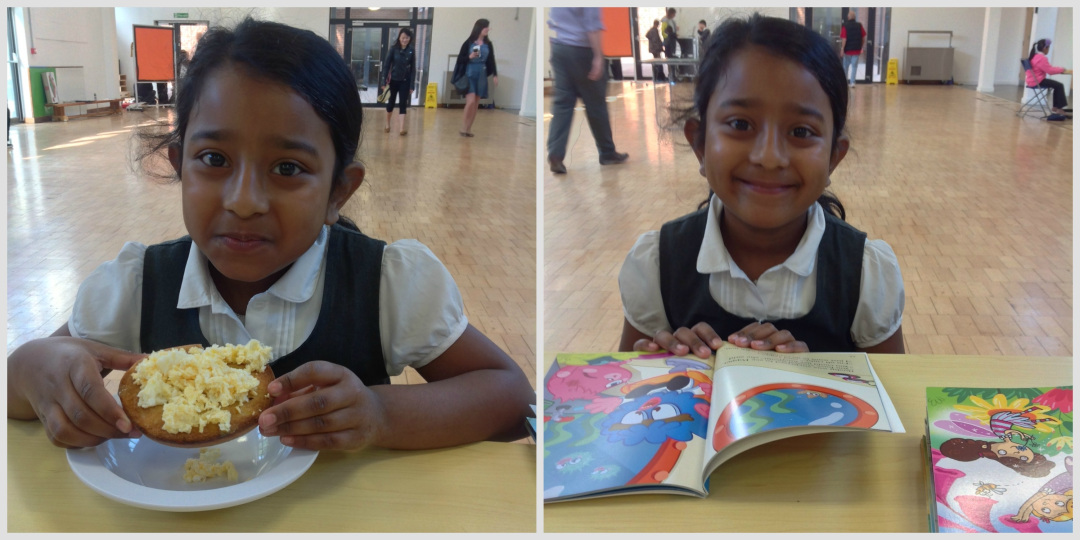Did you know children who read for just 20 minutes a day encounter 1.8 million words annually? Yet, in a world of TikTok and Roblox, getting kids to pick up a book can feel like negotiating peace treaties. The secret? It’s not about forcing pages—it’s about crafting magic.
Why Reading Habits Matter More Than You Think
Reading isn’t just decoding words—it’s building empathy, curiosity, and critical thinking. Studies show kids with strong reading habits by age 7 perform better academically and socially. But how do you compete with flashing screens? Let’s break it down.
10 Tips to Turn “Ugh, Reading!” into “One More Chapter!”
1. Design a “Book Nook” (That Beats the Couch)
Kids gravitate toward cozy, dedicated spaces. Create a reading corner with:
- Soft lighting (think fairy lights, not harsh LEDs)
- Pillows and blankets for sensory comfort
- A “book display” (rotate titles weekly, like a mini-library)
Pro Tip: Let your child decorate the space. Ownership = investment.
2. Be a Reading Role Model—Yes, You
Children mimic what they see. If you’re scrolling Instagram during “reading time,” they’ll notice. Instead:
- Read physical books (not e-books) in their presence
- Talk about your favorite stories: “This character reminds me of Grandma!”

3. Match Books to Passions (Dinosaurs Over Dickens)
Forcing classics backfires. A Minecraft-obsessed kid? Try:
- Non-fiction: The Ultimate Guide to Minecraft
- Fiction: Trapped in a Video Game series
- Hybrid: Graphic novels like Hilo: The Boy Who Crashed to Earth
4. Use Tech as a Sidekick, Not a Villain
Screen time isn’t evil—it’s a tool. Apps like Epic! or Libby offer:
- Audiobooks for car rides
- Animated storybooks
- Personalized recommendations
Comparison: Traditional vs. Digital Reading
| Aspect | Physical Books | Digital Tools |
|---|---|---|
| Engagement | Tactile experience | Interactive features |
| Portability | Heavy for travel | Thousands in one device |
| Distraction Risk | Low | Medium (notifications) |
Read Also: How to Teach Kids to Read: 12 Easy Steps to Try at Home
5. Turn Reading into a Game
Gamify progress with:
- A “Reading Passport”: Stamp countries as they read global folktales.
- Reward charts: 10 books = family movie night (book-based, of course).
6. Read Aloud—Even to Preteens
75% of kids aged 6–11 say they love being read to. Benefits include:
- Improved listening skills
- Exposure to complex vocabulary
- Bonding time (no eye-rolls guaranteed)
7. Library Scavenger Hunts
Make trips adventurous with missions:
- “Find a book with a blue cover”
- “Discover a story about a robot chef”
8. Let Them Quit (Sometimes)
Forcing a boring book breeds resentment. Teach kids it’s okay to abandon a book—after 3 chapters.
9. Connect Books to Real Life
Read The Lorax? Plant a tree. Finished Charlotte’s Web? Visit a farm.
10. Celebrate “Small Wins”
Finished a picture book? Do a happy dance. Completed a chapter? Ice cream party.

FAQs: Your Reading Dilemmas Solved
Q: My child only wants to read comics. Is that okay?
A: Absolutely! Graphic novels boost visual literacy and are a gateway to longer texts.
Q: How much daily reading is enough?
A: Ages 4–6: 10–15 mins. Ages 7+: 20–30 mins. Quality > quantity.
Q: Should I correct every mispronounced word?
A: No. Focus on comprehension. Correct 1–2 errors per page to avoid frustration.
Q: What if my kid hates reading?
A: They might not have found “their” book yet. Experiment with genres—humor, mystery, sci-fi.
Q: Are audiobooks “cheating”?
A: Nope! They enhance listening skills and expose kids to complex narratives.
Closing Thought:
Building reading habits isn’t about raising bookworms—it’s about raising thinkers. Start small, stay consistent, and watch their worlds expand.
CTA: Which tip will you try first? Tag us in your #BookNook creations!
You May Also Like: 24 Hours a Day Reading for Today











